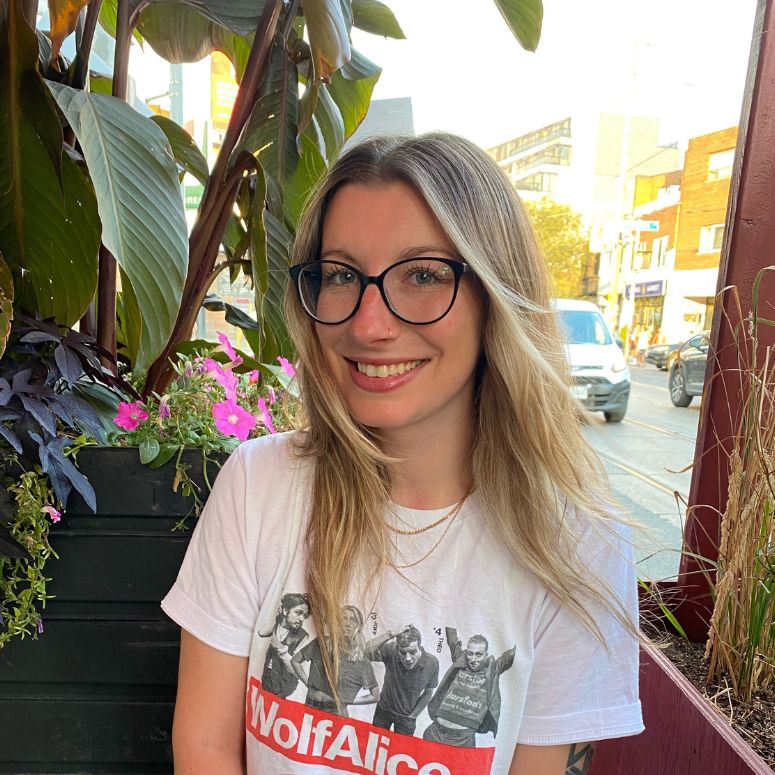As the seasons change and summer starts to take shape, we are reminded of the impending events that help celebrate and strengthen our LGBTQ2S+ communities. With that comes the rise of straight-identifying individuals who choose to stand up as allies for the community. But what does being an ally really mean? How does one show up in a respectful way? And why is it important that an ally take the time to understand the responsibilities of their role?
We connected with The 519‘s senior consultant and special projects spokesperson, Jacq Hixson-Vulpe, to gain a better understanding of how to be a respectful LGBTQ2S+ ally beyond the typical month of celebration. Because standing up for those in the community is a commitment you should make all year long.

Understand that it’s not about you
It may also help to ask yourself why you want to be an ally in the first place. “Many of us want to prove that we are good allies, to demonstrate how woke we are, and how safe people can feel around us — this is most often achieved through small continuous action that may feel unnoticed, but trust me, they are noticed.”

Neutralize your language and your responses
Hixson-Vulpe further explains, “a great starting point is to think about how to neutralize our language and our responses. Both our language and how we physically respond to things, like raising our voice with surprise or shock, tell people what we expect of them — it tells them that we have already assumed something about them. Neutralizing our language to avoid gendered assumptions is a small but incredibly meaningful step. It shows the people around us that we are open to understanding people’s experiences without assuming anything, and it is a great way to quietly show people who might be homophobic, biphobic, or transphobic that we aren’t going to participate.”

Apply the correct neutral language
“Use the terms 'partner' or 'sibling' or 'nibling' (instead of nephew or niece) or 'parent' or 'family member' or 'colleague' or 'coworker' or 'student' or 'people/folks' instead of their gendered variants.”
They also recommend, “introducing your pronouns and using neutral pronouns such as they/them/theirs while talking about someone until you learn their pronouns. And don’t shy away from asking someone their pronouns rather than assuming them.” The general rule of thumb they suggest is to not automatically believe that you know someone’s gender.

Research to learn about adversity
"You can also book education and training experts to come into your organization to work through how to make a difference and create an affirming and authentic workplace."
They also point out something so obvious, you may not consider it at first: “In most cases in daily life, when you are chatting with a coworker or waiting for the bus with someone or have met someone new, people do not want to have invasive questions asked about their lives — they just want to be.”

Attend specific LGBTQ2S+ events
“If you attend an event — look around. If you only see people with privilege represented on stage or in the audience — only white people, only able-bodied people, only cis people, only straight people — you probably don’t want to be there," Hixson-Vulpe says. "This must be tempered with the understanding that we can’t read people’s identities by just looking at them. But if you look around and see a very homogenous and privileged crowd, it might be time to do some research to understand the event you are attending.”

Know which behaviours to avoid

Be open to unlearning and relearning
And when you make a mistake, Hixson-Vulpe reminds us that “...in many ways this is not about you, the ally. We should be considering how our actions have impacted other people. When we stop making it about us and recognize that mistakes are an important part of life and prove that we are learning, it will help us move past those moments of feeling defeated.”

Interpret the correct way to show up

Change old behaviours

Educate yourself before you show up



